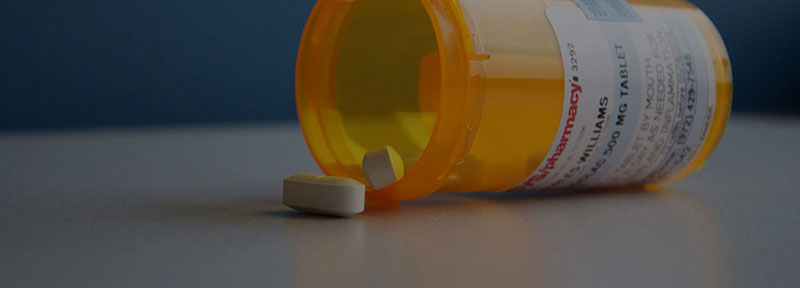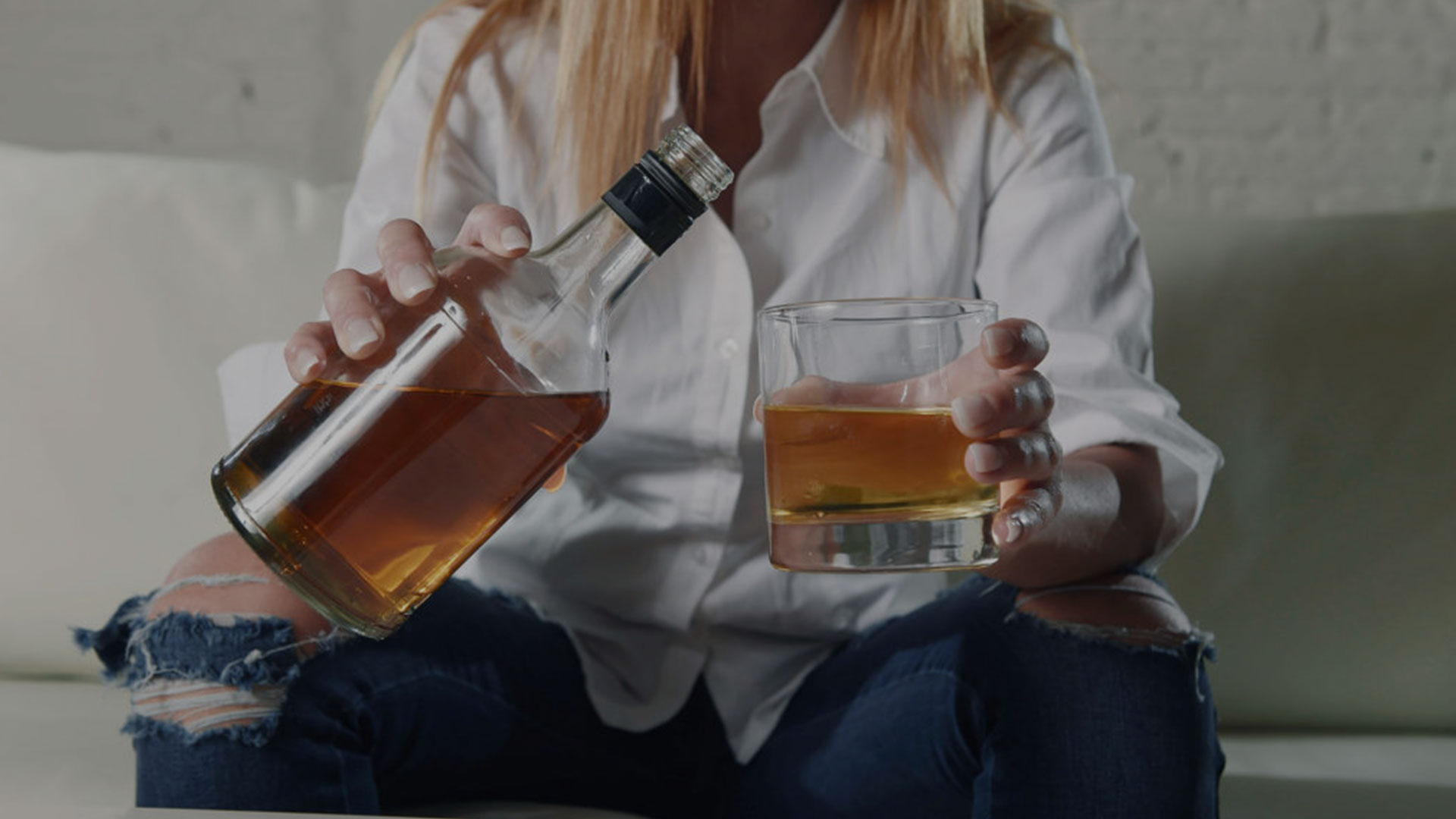03 May Dangers of Mixing Xanax and Alcohol
Table of Content
Xanax, or alprazolam, is a prescription medication in the benzodiazepine class of drugs. This drug is often prescribed to treat anxiety and panic disorders, because it acts as a central nervous system depressant, slowing brain activity to produce a calming effect.
Alprazolam obviously has legitimate medical uses, but people can become addicted to it. When this occurs, the drug can produce harmful physical and psychological effects. These problems are magnified when Xanax is taken in conjunction with another central nervous system depressant such as alcohol. Mixing Xanax with alcohol can produce a strong sedative effect that can lead to slow respiration, coma, and even death.
Despite these risks, some people use and become addicted to Xanax and alcohol. When they first start using these substances concurrently, they merely enjoy the euphoria, numbness, and relaxation that the combination produces. However, over time, people come to rely on this pleasurable and relaxing effect. Since this combination of substances can cause serious health problems, an addiction to alcohol and Xanax can be dangerous and even deadly. Luckily, there are resources available to help patients overcome addiction to these substances.

Professional Tips for Long-Term Sobriety
If you or someone you love is suffering from a concurrent addiction to Xanax and alcohol, it’s important to realize that recovery is possible. The first step is to admit that substance abuse is a problem – and the next step is to do something about it. The average person will wait 10 years before seeking help from a medical professional for an addiction. Additionally, family members and friends are often slow to intervene. Since addiction can be a ticking time bomb, it’s best to seek treatment as soon as possible.
Once you are able to admit that you or your loved one has a substance abuse problem, you should educate yourself about concurrent alcohol and Xanax abuse. Knowing the statistics about drug abuse and the health risks of concurrently using alcohol and Xanax can give you a reason to fight for the sobriety of you or your loved one. After you study the basics of Xanax and alcohol addiction, you should learn about the various treatment options that are available for concurrent alcohol and Xanax abuse.
Facts and Statistics about Alcohol and Xanax Abuse
One of the biggest health crises in the United States is alcohol addiction because the substance causes numerous problems for individuals and society as a whole. Alcohol addiction becomes even more serious when Xanax abuse is added to the equation.
JAMA Psychiatry conducted a study on benzodiazepine abuse (the class of drugs that Xanax belongs to) and it found the following facts:
- Nearly twice as many women use benzodiazepines than men.
- Approximately 25% of patients taking benzodiazepines use them on a long-term basis.
Other experts, including those from the Centers for Disease Control (CDC) and the National Institutes of Health (NIH) collected some, even more, stark statistics about alcohol and benzodiazepine abuse.
- According to the CDC, approximately 30 people in the United States die in alcohol-related auto accidents every day. Additionally, more than $59 billion is spent each year on car accidents that were caused by impaired drivers.
- The Substance Abuse and Mental Health Services Administration (SAMHSA) found that 95% of people entering treatment for a benzodiazepine addiction suffer from a co-occurring substance addiction, such as an alcohol addiction.
- According to the NIH, over 16 million adults were addicted to alcohol in 2013.
In addition to the general statistics for alcohol and benzodiazepine abuse, there are more specific figures for substance abuse among teenagers in the United States. These alarming statistics show that 20% of high school students have used alcohol at some point in the past month, with 14% of those students binge drinking. Teens are also more prone to abusing prescription medications because they believe that these substances carry less danger and stigma than street drugs like cocaine and heroin. However, prescription drugs can cause lasting brain damage for teens, because their brains are still developing.

The NIH and the National Institute on Drug Abuse (NIDA) found some specific figures about concurrent drinking and prescription drug abuse among teenagers in the United States.
- According to the NIH, nearly 9 million underage teens (between the ages of 12 and 20) have consumed alcohol in the past month. Additionally, more than 5 million teens in this same group report binge drinking at some point in their lives.
- The NIDA found that nearly 5% of teens have abused a prescription depressant like Xanax in the past month.
How Xanax and Alcohol Impact the Body
It is so dangerous to mix Xanax and alcohol that physicians advise against drinking any alcohol when using the drug, even if you have been prescribed Xanax and you are using it as directed. When individuals intentionally abuse this combination of substances, the risks are magnified for several reasons.
Alcohol and Xanax are both processed by the same liver enzyme. Since these substances need the same enzyme to break them down, it takes longer for the body to remove Xanax and alcohol when you ingest them together. As a result, these substances remain in your body longer, which can increase the risk of accidents and overdoses.
Xanax and alcohol also enhance the effects of each other, inhibiting the central nervous system and lowering breathing and heart rates. When you take Xanax and drink alcohol, the substances become stronger together than if you used either of them on their own. This increases the risk of dangerous health consequences.

Symptoms of Xanax and Alcohol Use
People who are addicted to Xanax continue to use the drug because it causes feelings of intense relaxation and euphoria. When someone takes Xanax and alcohol at the same time, these sensations are intensified. However, pleasant sensations aren’t the only things that increase with concurrent Xanax and alcohol use. The health risks are magnified as well. Some of the minor symptoms of mixing Xanax and alcohol include:
- Dizziness
- Drowsiness
- Fainting
- Impaired coordination
- Irritability
- Memory problems and black outs
- Nausea
- Slow breathing and pulse
- Slurred speech
- Stupor
- Unsteady gait
Xanax, as well as alcohol, act on gamma-aminobutyric acid, or GABA, to reduce activity in the central nervous system, specifically the brain. When a person combines Xanax and alcohol, these substances build on each other, which can increase the risk of dangerous side effects. Some of the most serious side effects include central nervous system depression and overdose.
Signs of Central Nervous System Depression
- Faint heart beat
- Low blood pressure
- Memory loss
- Shallow breathing
Signs of Overdose
- Confusion
- Extreme drowsiness
- Impaired coordination
- Loss of consciousness
- Respiratory failure
While the American Journal of Forensic Medicine and Pathology states that deaths from taking Xanax alone are rare, deadly overdoses are much more common when Xanax is combined with other drugs like alcohol. For example, using Xanax and alcohol concurrently can lead to coma and even death, if the symptoms of central nervous system depression and overdose are not treated promptly.

Long-Term Effects of Mixing Xanax and Alcohol
If you mix Xanax and alcohol consistently for an extended period of time, you are more likely to experience a number of long-term effects. These detrimental effects range from mental and physical to financial and interpersonal. Some of the most common long-term effects of mixing these substances include:
- Alcoholic hepatitis
- Arrhythmia
- Brain injury from repeated episodes of respiratory arrest
- Breast cancer
- Cardiomyopathy
- Cirrhosis
- Declines in performance at school or work
- Faint heartbeat
- Increased risk of accidents
- Increased risk of suicide
- Interpersonal problems
- Liver cancer
- Lower blood pressure
- Memory loss
- Mood disorders
- Mouth and throat cancer
- Pancreatitis
- Shallow breathing
- Stroke
Obviously, the risks of long-term use of Xanax and alcohol can be very serious. Over time, every aspect of a person’s life will suffer from mixing these two dangerous substances. However, there are effective treatments for alcohol and Xanax addiction.
Treatments for Xanax and Alcohol Addiction
When you start asking yourself questions like “how long Xanax stays in your system?”, it may be time to consider professional help. The first step in treating an addiction to alcohol and Xanax is medically-monitored detoxification or detox. This is a time when the substances leave the patient’s body. When someone abuses drugs or alcohol for an extended period of time, their body becomes dependent on the substances. When a person is dependent on a substance, their body cannot function without it and they begin to go through a process known as withdrawal when they stop taking it. During this time, a person experiences withdrawal symptoms that can range from mild to life-threatening.
Since the process of withdrawal can be dangerous, it’s important to undergo the detox process under the supervision of trained medical professionals. A medical team, which may include nurses and physicians, can monitor patients and manage their withdrawal symptoms to make the process more comfortable and reduce the risk of developing life-threatening conditions.

If the threat of withdrawal symptoms is still making you feel reluctant to undergo detox, remember that the complications of concurrent alcohol and Xanax abuse are even more dangerous. These complications can include seizures, coma, and sometimes death.
One of the most important steps of the recovery process is selecting a detox and treatment program that is designed to help people overcome concurrent Xanax and alcohol addiction. There are a number of treatment options available to treat addiction to these substances. It’s important to think about your unique situation and speak to addiction specialists to select the best option for your recovery.
Inpatient or residential treatment is performed in a hospital or at a drug and alcohol treatment center. This type of treatment is recommended for patients who need a structured environment. Most of the time, detox from alcohol and benzodiazepines is completed in an inpatient program. Patients will stay at the center for a pre-determined length of time. Stays can be 30 days, 60 days, 90 days, or even longer, depending on the needs of the patient. Inpatient treatment will vary for each patient, but treatment will often include counseling to address psychological issues associated with substance abuse and medical care to manage the symptoms of withdrawal.
Outpatient treatment refers to treatment options that do not occur in an inpatient or residential setting. Treatment may consist of one hour per week or several hours a day. Outpatient treatment should only be attempted if the patient has a strong support network at home. Support from loved ones is needed to help the patient resist the triggers that they will encounter in their daily life. There are multiple outpatient treatment options, including individual therapy, group counseling, and support groups.
- Individual therapy occurs when a patient meets with a therapist to discuss the recovery process, including their concerns and how they feel they are progressing. Therapy may also focus on issues from the past that caused the substance abuse. The goal of therapy is to give the patient insight and new coping strategies to help them avoid relapsing into substance abuse in the future.
- Group counseling involves sessions with a therapist and other individuals who are in recovery. Groups may be determined based on the participants’ drug of choice and where they are in their recovery. Group counseling allows patients to learn from the therapist who leads the group as well as the other group members.
- Support groups can also be a valuable form of outpatient treatment. In these groups, individuals build relationships with other people in recover and often participate in mentoring relationships to help maintain long-term sobriety. Many people find that it is helpful to connect with other people who know what they are experiencing.
Georgia Drug Detox makes long-term sobriety possible, by providing a holistic approach to treating addiction. Our team has created a supportive environment to help patients detox and recover from alcohol and drug addiction. If you or a loved one is suffering from addiction to alcohol and Xanax, or any other substance, Georgia Drug Detox can help you achieve long-term sobriety. Contact us today to learn more about our approach to detoxing and treating addiction.
Sources:
“The Dangers of Mixing Xanax and Alcohol.” The Recovery Village. The Recovery Village. 13 Mar. 2019. https://www.therecoveryvillage.com/xanax-addiction/dangers-xanax-alcohol/#gref
Lautieri, Amanda. “What Are the Risks Associated with Mixing Xanax and Alcohol?” American Addiction Centers. 13 Mar. 2019. https://americanaddictioncenters.org/xanax-treatment/mixing-with-alcohol
“The Effects of Mixing Xanax and Alcohol.” Alcohol.org. 13 Mar. 2019. https://www.alcohol.org/mixing-with/xanax/






No Comments